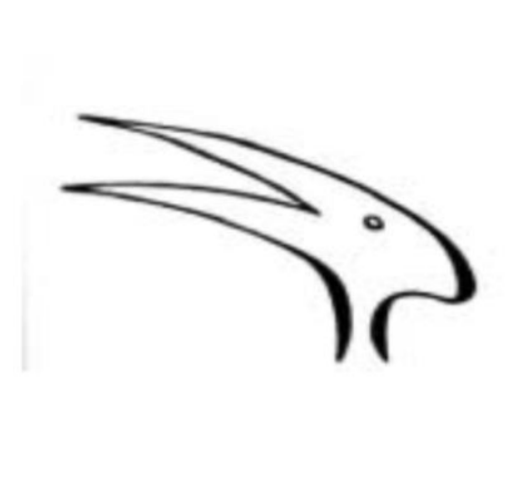4.5: Perception and Inference
- Page ID
- 95030
Perception is a lot like inference that makes an inductive leap. There is a huge amount of information around us, but some of the information we need (or want) is not present in the input to the visual system. We will see why this works in the case of visual perception, then we will briefly note how similar points apply to some of the other senses.
.png?revision=1&size=bestfit&width=295&height=250)
The object in Figure 4.5.1 is known as a Necker cube. We can see it as a cube with a given face (ABCD) or, when it reverses, as a cube with a quite different face (EFGH).
.png?revision=1&size=bestfit&width=652&height=310)
Figure 4.5.2 shows more dramatic examples of reversing figures. The physical input to the visual system is the same whether we see the stairs (in the left subfigure) on the bottom or on the top. So, what accounts for the difference when we see it first one way, then the other?
.png?revision=1&size=bestfit&width=300&height=279)
What do you see in Figure 4.5.3? It can be seen either as two faces peering at each other, or as a vase. Figures like this, which can be seen in more than one way, are called ambiguous figures.
.png?revision=1&size=bestfit&width=291&height=295)
Now consider Figure 4.5.4 What sort of person do we have here? Like our earlier figures, she can also be seen in either of two ways. Look at the figure before you read on (she is either a young woman or an old woman; the chin line of the young woman is part of the nose of the old woman).
.png?revision=1&size=bestfit&width=291&height=269)
Finally, consider the creature in Figure 4.5.5 You can see it as a duck (looking off to the left) or as a rabbit (looking off to the right).


